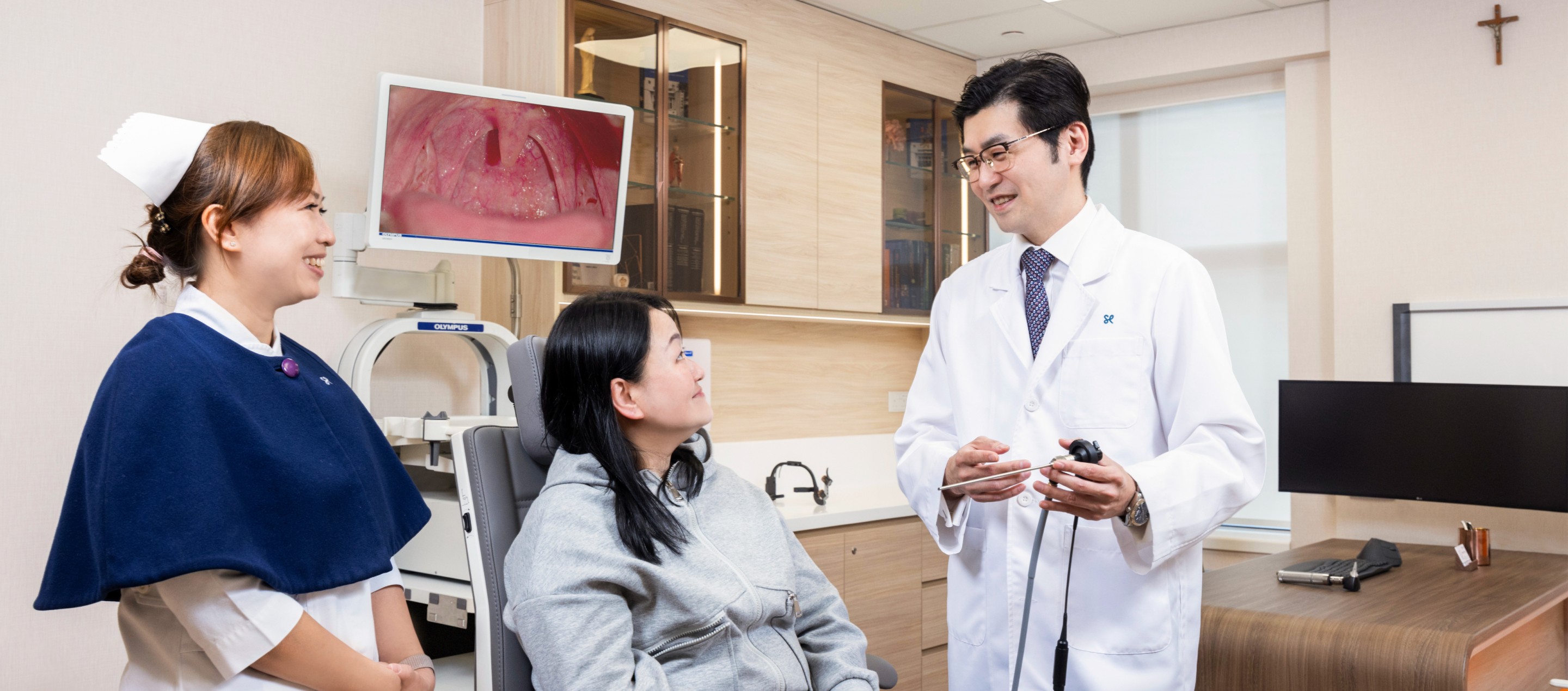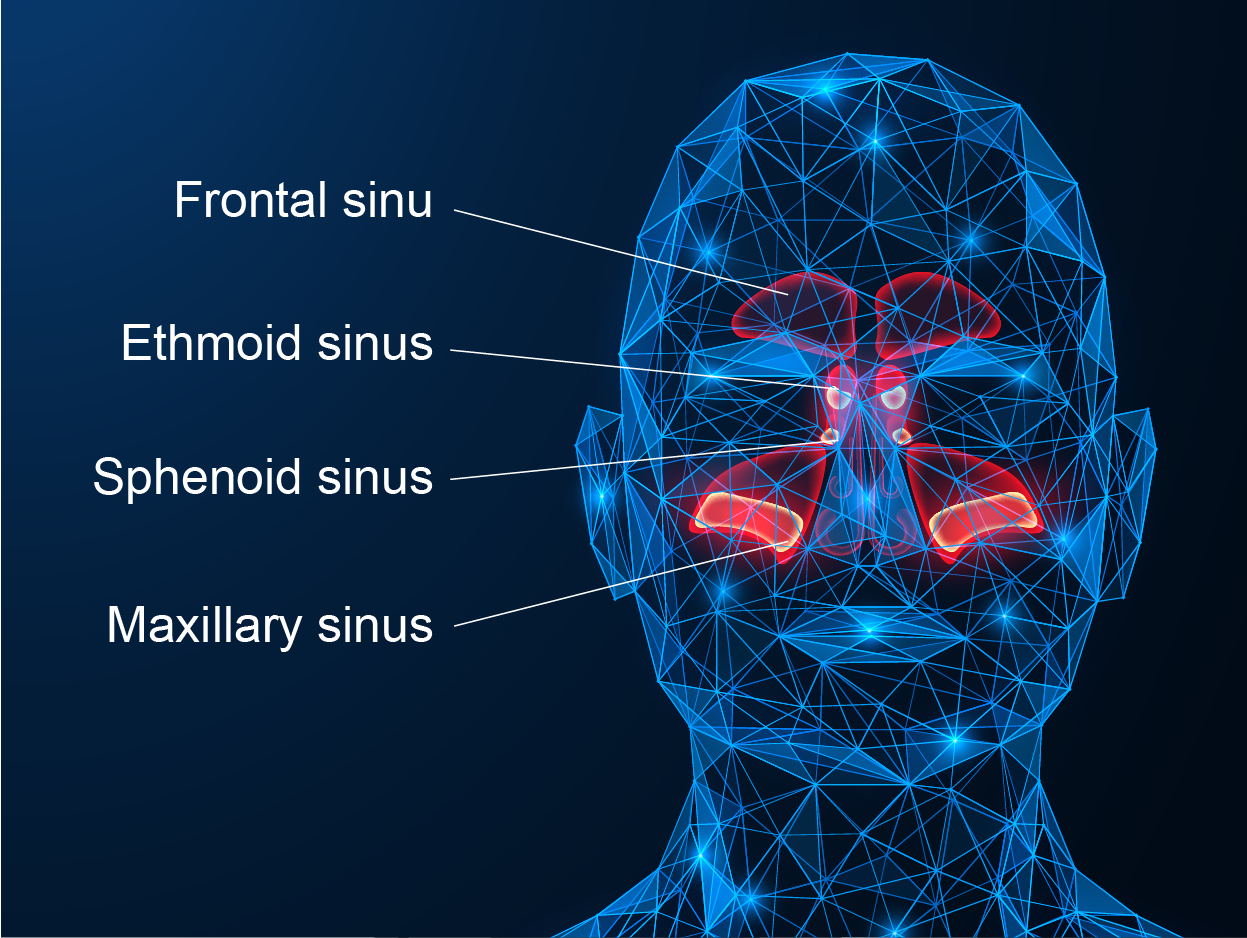
Is it risky?
Nasoendoscopy is very commonly done by ENT Specialist as a routine procedure in outpatient setting. It is relatively safe; patient with side-effect or complications after having nasoendoscopy is relatively rare.
Do I need any Anesthesia?
Local anesthesia (numbing spray) might be applied to decrease the discomfort sensation. If therapeutic treatment (i.e. removal of foreign body or tissue) is required, other anesthetic options will be provided.
Will the nasoscope block my nostril and prohibit me from breathing?
No. Since nasoendoscopy would be performed in one nostril one at a time, you can breathe through the other nostril or the mouth during the procedure.
Likewise, the size of the nasoendoscope is about 2-4mm in radius, there is still plenty of space for air-flow inside your nasal passage after insertion of the nasoscope.
Will it be itchy while undergoing nasoendoscopy? What if I need to sneeze or cough?
It can be slightly discomfort while undergoing nasoendoscopy. Please let our ENT Specialist knows promptly if you feel like sneezing or coughing. You can take a short break first before continuing the procedure.
Will I have nosebleed after receiving diagnostic nasoendoscopy?
The risk of having nosebleed after nasoendoscopy is relatively low. However, please let our doctor knows beforehand if you are prone to nosebleed or currently taking any blood thinning medications.
Will my nostrils get bigger after the procedure?
No. As the size of the nasoendoscope is about 2-4mm in radius, which is much smaller than your nostril, your nostril won't be enlarged after the procedure.
Did you know…

Where are paranasal sinuses?
Paranasal sinuses are the hollow spaces located in the skull, inside the facial bones around the nose. There are four pairs of paranasal sinuses, they are: frontal sinus, sphenoid sinus, ethmoid sinus and maxillary sinus.










